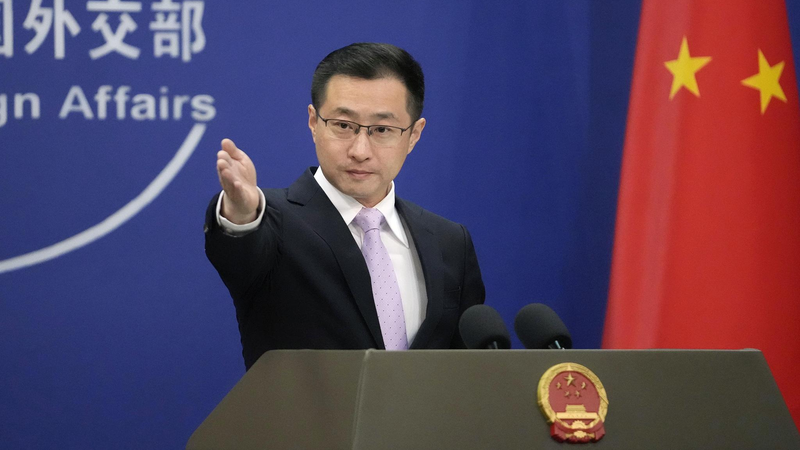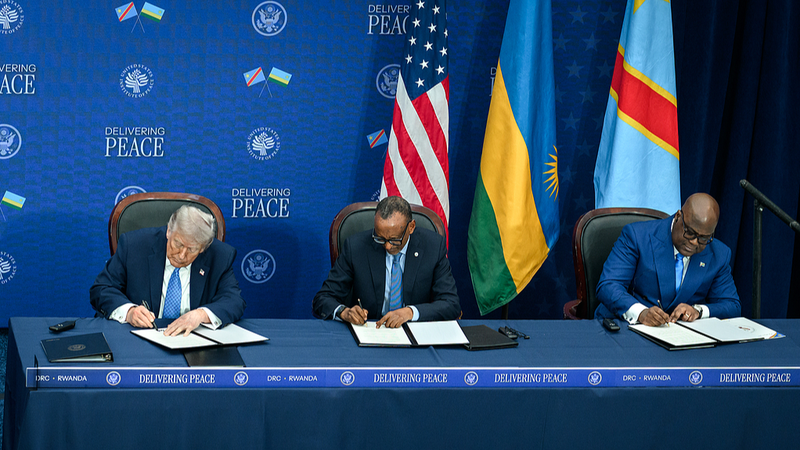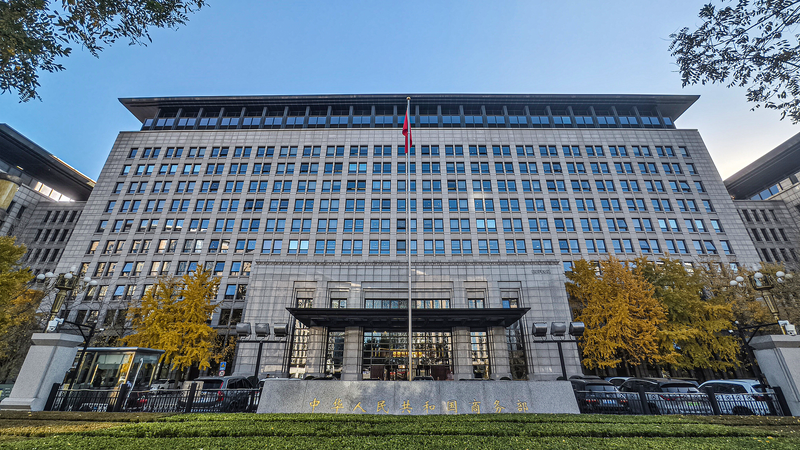China-Africa agricultural cooperation has shifted from theory to practice, delivering economic and technical gains that are changing landscapes—and livelihoods—across the continent.
Uganda's Permanent Secretary for Agriculture, Animal Industry and Fisheries, David Kasura Kyomukama, emphasizes that success is not just about higher yields. He explains that modern agriculture means moving beyond hand tools and rainfall dependence. With Chinese expertise in rice cultivation, horticulture, intermediate technologies and vaccine research, Uganda is adopting transition tools—from hand-held tractors to small-scale storage systems—that bridge peasant-led farming and commercial trade.
Today, 60 to 70 percent of Africans rely on subsistence agriculture, producing only enough to feed their families. In Uganda, 70 percent work the land, while 78 percent of the population is under 35. Kyomukama’s team found that it takes four people seven days to till one acre with a hoe, time that could be invested in innovation. By introducing mechanization, irrigation and fertilizers, Uganda is not just boosting output; it is creating jobs, reducing poverty and turning surplus zones into competitive exporters.
Trade, not aid, drives sustainable growth, Kyomukama notes. Chinese support has helped build value-addition infrastructure for rice and horticulture and opened markets for coffee, chilies, fisheries and sorghum. This commercial mindset encourages farmers to add value—producing flour instead of grain and powder instead of seeds—capturing higher prices and cushioning against global shocks such as conflicts or climate change.
China’s four key lessons resonate in Africa’s context: understand local challenges, set goals that match your capacity, customize solutions based on culture and history and balance food security with profit. Uganda is applying these principles to feed its young, tech-savvy generation while maintaining its agricultural heritage.
Digital tools are the next frontier. By harnessing mobile apps and algorithms to predict weather, soil conditions and market prices, Uganda aims to align harvests with demand and engage young entrepreneurs in agri-innovation. As land and resources remain finite, productivity gains from precision farming could determine the future of food security across Africa.
The China-Uganda partnership offers a blueprint for modernizing agriculture on the continent. As transition technologies and digitalization take root, Africa’s farmers are poised to turn fields into engines of growth, and young people into changemakers in a more resilient, trade-driven food system.
Reference(s):
Uganda and China taking action to pursue agricultural modernization
cgtn.com




